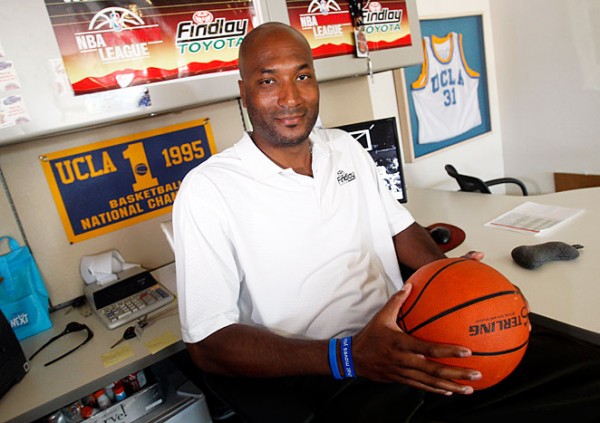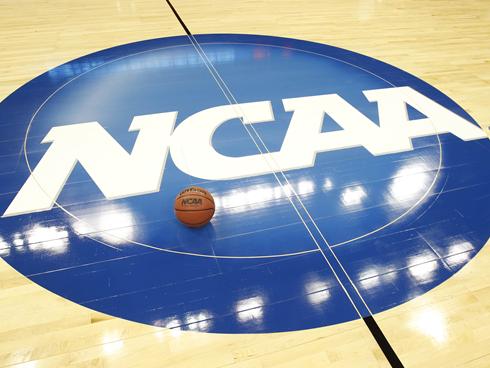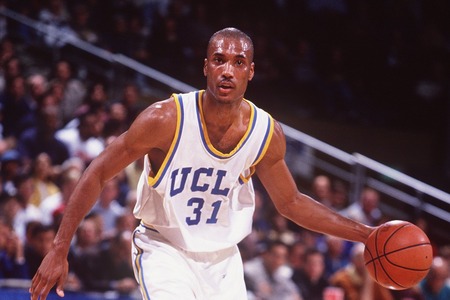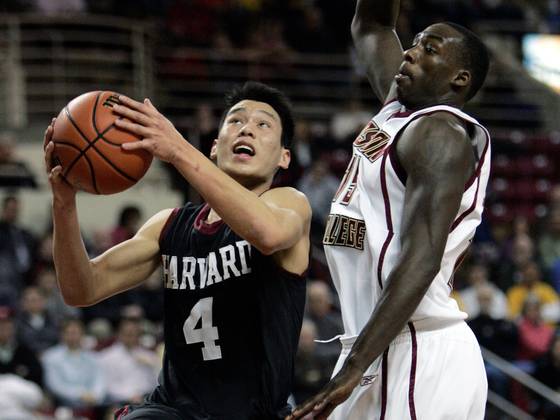Posted by Connor Pelton on July 10th, 2012
Our final matchup of the first round pits the two seed, Adam Butler (Pachoops), up against seventh seeded Andrew Murawa. The winner of this one is off to the semifinals, where it will meet Connor Pelton’s team in the semifinals. Below are the rosters, followed by some commentary from the respective owners:
Adam Butler
- Head Coach – Ralph Miller, Oregon State
- Guard – Damon Stoudamire, Arizona
- Guard – Mike Bibby, Arizona
- Guard – Michael Dickerson, Arizona
- Guard – Salim Stoudamire, Arizona
- Forward – Sean Elliott, Arizona
- Forward – Ed O’Bannon, UCLA
- Forward – Shareef Abdur-Rahim, California
- Forward – Chris Mills, Arizona
- Center – Todd MacCulloch, Washington
- Center – Bison Dele, Arizona
Adam’s Take:
My team. Well they call it Point Guard U for a reason so I went ahead and gobbled up three of the great ones and one of the best off-guards they produced. Yes, I have an all Arizona backcourt and you can go ahead and call Team PacHoops a group of homers. Do it. And that backcourt is supplemented by three more Wildcats and a dallop of other insanely talented Pac-12 players. Know that Team PacHoops houses seven Pac-10 Player of the Year Awards; six NBA lottery picks, three NCAA titles; two Wooden Awards; and a HOFer.
Look at you, you’re impressed already and I haven’t even told you that Salim Stoudamire is practically at the end of my bench, or that Chris Mills is going to struggle to get minutes; or that the worst my starting forward could be is a ninth pick in an NBA Draft; or that our coach, Ralph Miller, is one of just 73 men to win more than 600 games on a college basketball bench.
Need more? Todd MacCulloch not only was twice named First Team All-Pac, but he’s also a pinball champion. That’s right, the big Canuck has long been a pinball wizard and last October he won his first tournament (the Pinball Expo in Chicago), earning his bad self $3,000. Sean Elliott – the two time Pac Player of the Year, Wooden Award winner, and the first golden child of Arizona – roundhouse kicked debilitating kidney disease right in the jaw and said, “Nah, bro. I’ma go ahead play again.” The first major athlete to return ever from a kidney transplant.
After all, this team wasn’t built on talent alone.
But there’s plenty of it. And so I’ll toss the rock to Mike Bibby or Damon Stoudamire – whoever coach Ralph feels is going to be better suited to start – and let them deliver it (or score) to the silky smooth likes of Michael Dickerson and Elliott or the power and grace of Mills, Shareef Abdur-Rahim, and Ed O’Bannon. Holding down the lane will be big Bison Dele right along with Todd the pinball maestro. All beautifully orchestrated by coach Ralph.
Vote for Team PacHoops because you know it’s the right team to vote for and it’s going to make you feel good to choose a winner.
A pinball champ.
(Note from Connor: To see Adam fully breakdown each position on his fantasy roster, click here for the guards, here for the forwards, here for the centers, and here for the head coach.)
Read the rest of this entry »
| microsites, pac 12
| Tagged: adam butler, andrew murawa, bison dele, chris mills, damon stoudamire, ed o'bannon, john wooden, michael dickerson, mike bibby, ralph miller, russell westbrook, salim stoudamire, sean elliott, shareef (abdur-rahim), todd macculloch
Share this story















































